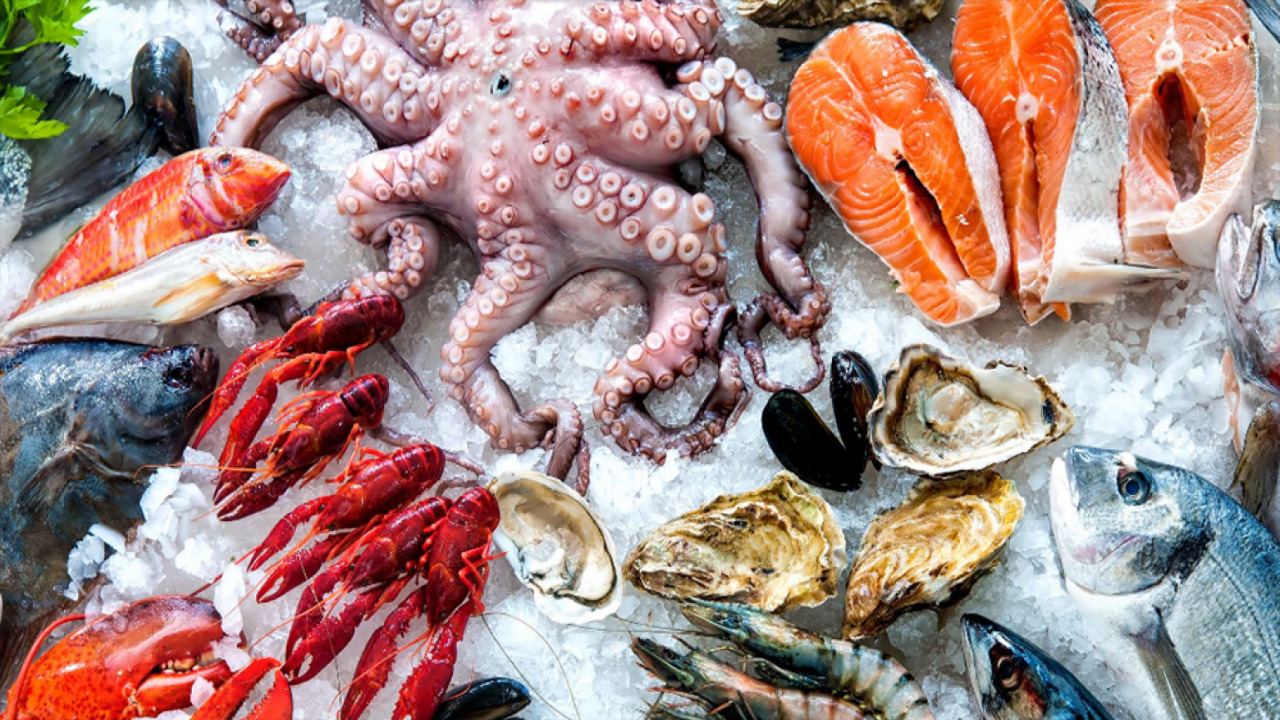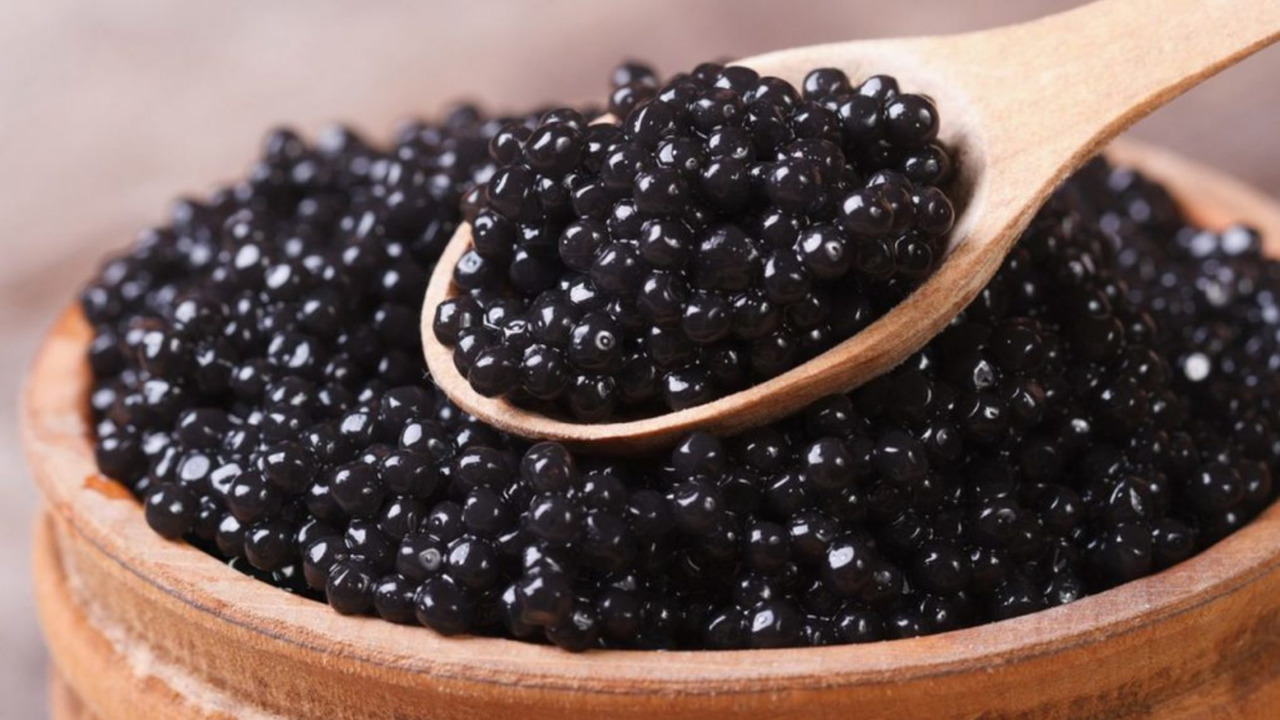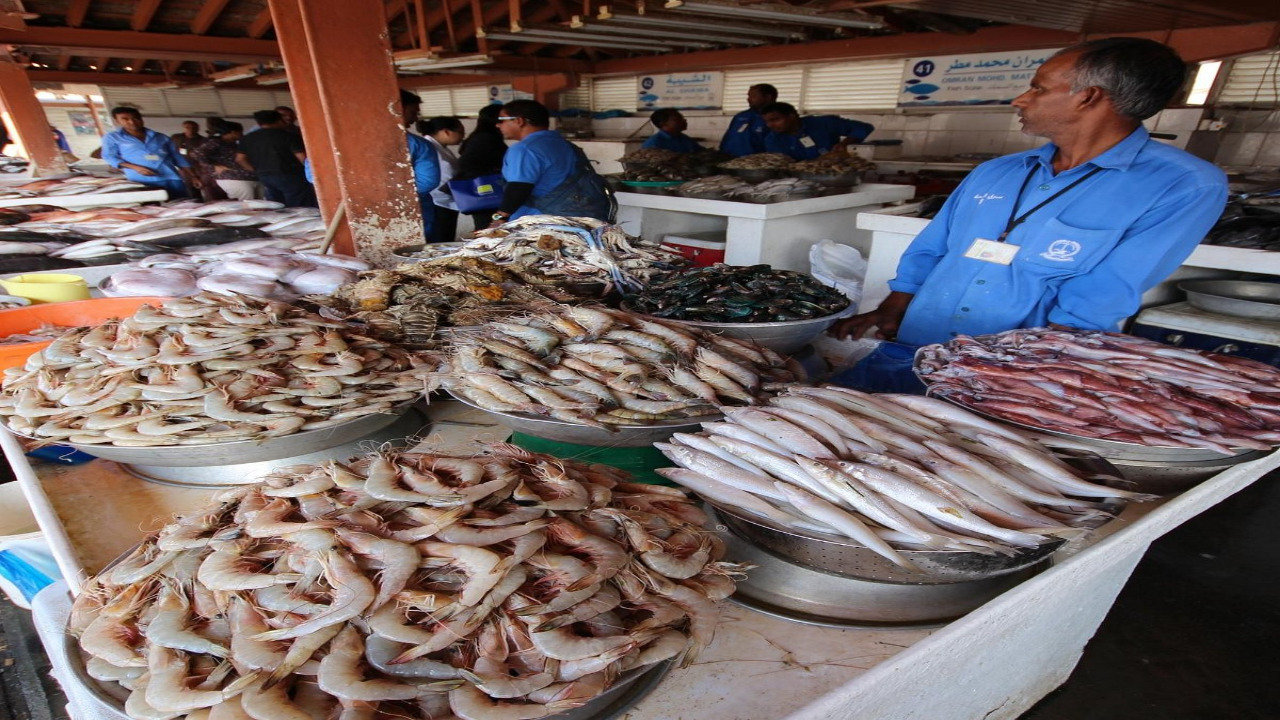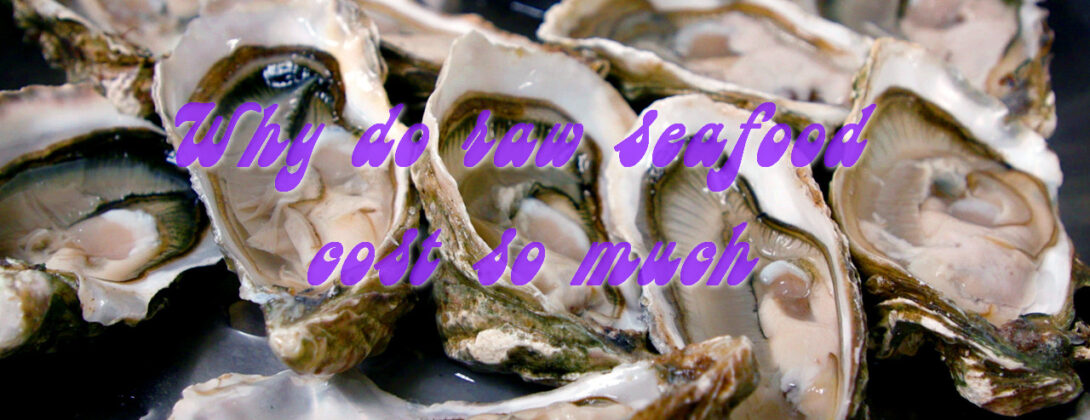The Delicacy of the Ocean’s Bounty
The allure of raw seafood, from plump oysters on the half shell to meticulously sliced sashimi, has captured the palates of food enthusiasts around the world. While the appreciation for these delicacies is universal, a question often arises: why do raw seafood items come with such a hefty price tag? The answer to this query is a multifaceted exploration into the realms of economics, culture, sustainability, and craftsmanship.
Factors Influencing Raw Seafood Prices

Raw seafood prices, like those of many commodities, are shaped by a complex interplay of factors. To comprehend the reasons behind their costliness, it’s essential to consider the unique dynamics that govern marine ecosystems, supply chains, and consumer preferences.
Sustainability and Scarcity: The Tug of War
One of the foremost considerations affecting raw seafood prices is the delicate balance between sustainability and scarcity. Overfishing and ecological disruptions can lead to diminished stocks of particular species, driving up their market value due to limited availability. Regulatory efforts to promote responsible fishing practices and protect marine habitats further compound the intricacies of the seafood market.
From Catch to Plate: The Costly Journey
The journey that raw seafood takes from the depths of the ocean to the plate at a fine dining establishment is a costly endeavor. The intricate logistics involved in harvesting, transporting, and preserving seafood to maintain its freshness require substantial investments. This includes specialized equipment, temperature-controlled storage facilities, and rapid distribution networks that minimize the time between catch and consumption.
Unveiling the Mystery: Beluga Caviar’s Exorbitant Price

Among the most iconic and costly components of the raw seafood world is beluga caviar. This delicacy, consisting of sturgeon roe, carries an astronomical price tag. The rarity of the beluga sturgeon, the time-consuming process of harvesting its eggs, and the meticulous aging required all contribute to the exorbitant beluga caviar cost.
Culinary Culture and Demand
Culinary preferences and cultural traditions play a significant role in dictating the demand for certain types of raw seafood. In regions where sushi and sashimi are integral to the cuisine, the demand for top-grade tuna and other fish is consistently high. This demand, coupled with the meticulous preparation and presentation required, contributes to the premium price commanded by such dishes.
The Human Factor: Labor and Expertise

Behind every exquisite plate of raw seafood lies the skill and expertise of the individuals who prepare it. Sushi chefs and seafood connoisseurs undergo rigorous training to master the art of handling, cutting, and presenting raw seafood. Their years of dedication and craftsmanship contribute to the elevated prices of these dishes, as the precision required in these culinary endeavors is unparalleled.
Conclusion: Navigating the Seas of Raw Seafood Costs
In the realm of gastronomy, the realm of raw seafood stands as a testament to the intricacies of nature, culture, and economics. The high cost of raw seafood is not merely a result of supply and demand, but a reflection of the delicate ecosystems that produce these treasures, the laborious journey they undertake, and the culinary expertise required to present them in their finest form. Whether it’s the delectable slice of sashimi or the luxurious indulgence of beluga caviar, each bite carries with it a story of complexity, scarcity, and devotion to the culinary craft.


